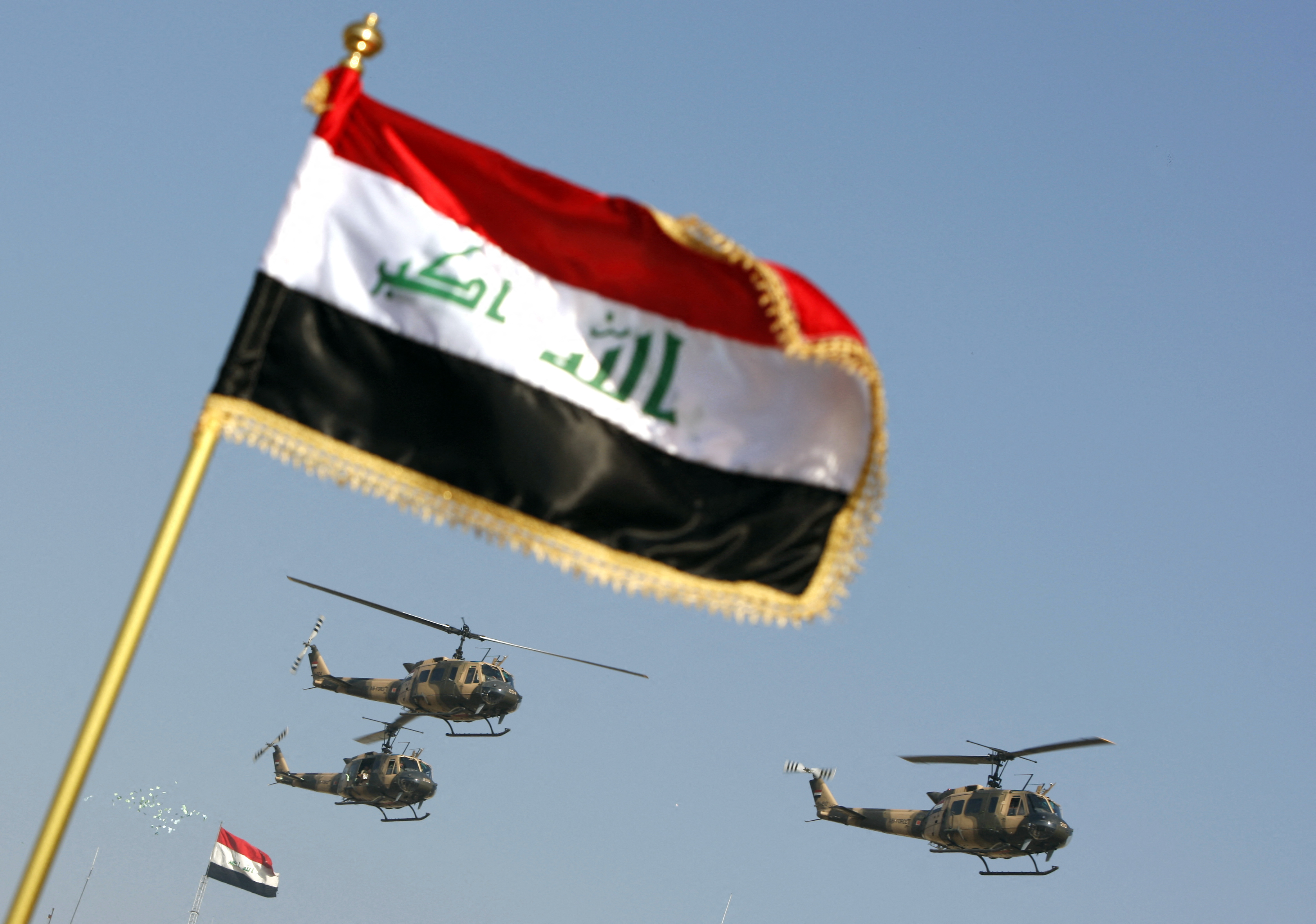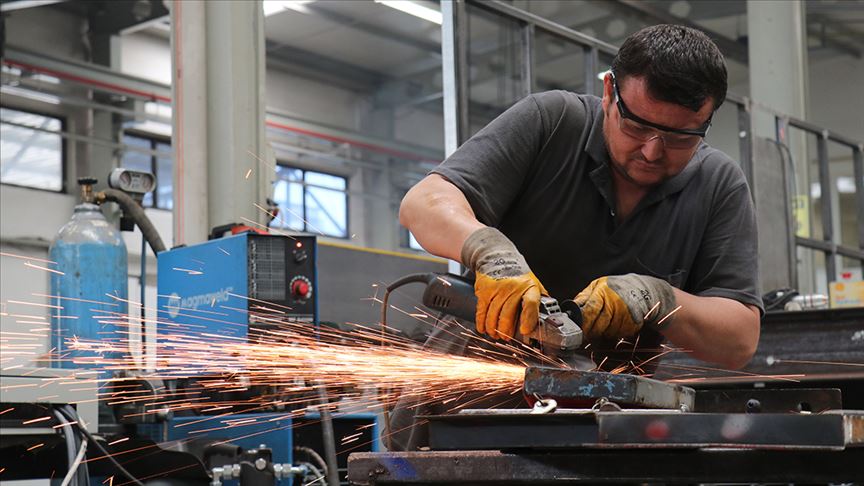Inflation in Turkiye climbs to nearly 70% in Apr
Pic. Shutterstock
Turkiye’s annual inflation rate rose to nearly 70 per cent in April—a new 20-year high–fuelled by the Russia-Ukraine war and rising energy and commodity prices, according to official data, which showed the consumer price index (CPI) surged by an annual 69.97 per cent last month—the biggest year-over-year (YoY) increase since 2002 and up from 61.1 per cent in March.
The annual consumer price inflation was forecast to be around 68 per cent.
Turkiye’s annual inflation rate rose to nearly 70 per cent in April—a new 20-year high–fuelled by the Russia-Ukraine war and rising energy and commodity prices, according to official data, which showed the consumer price index surged by an annual 69.97 per cent last month—the biggest year-over-year increase since 2002 and up from 61.1 per cent in March.
Month-on-month, consumer prices rose by 7.25 per cent, the institute said, compared to an average market forecast of 6 per cent.
Russia’s invasion of Ukraine, which led to a surge in gas, oil and grain prices, has compounded the situation in import-reliant Turkey, according to media reports from the country.
The annual surge in consumer prices in April was driven by a 105.9 per cent leap in the transportation sector, which includes energy prices, and an 89.1 per cent jump in food and non-alcoholic drinks prices, the data showed.
The government has said inflation will fall under its new economic programme, which prioritises low interest rates to boost production and exports with the goal of achieving a current account surplus.
Turkiye’s Central Bank recently revised up its inflation forecasts for this year and the next mainly because of the rise in commodity prices and supply issues.
It forecast annual inflation will peak at around 70 per cent by June before declining to near 43 per cent by year-end and single digits by end-2024.
The central bank held its key policy rate steady at 14 per cent in four meetings this year and said measures and policy steps will prioritize so-called liraization in the market.
Compared to general CPI, lower annual change was observed in nine main groups while three main groups were higher. It was 26.23 per cent for clothing and footwear.
Fibre2Fashion News Desk (DS)




/cloudfront-us-east-2.images.arcpublishing.com/reuters/XGF6Y74CRJKJXN6RAB5IDKXQZM.jpg)